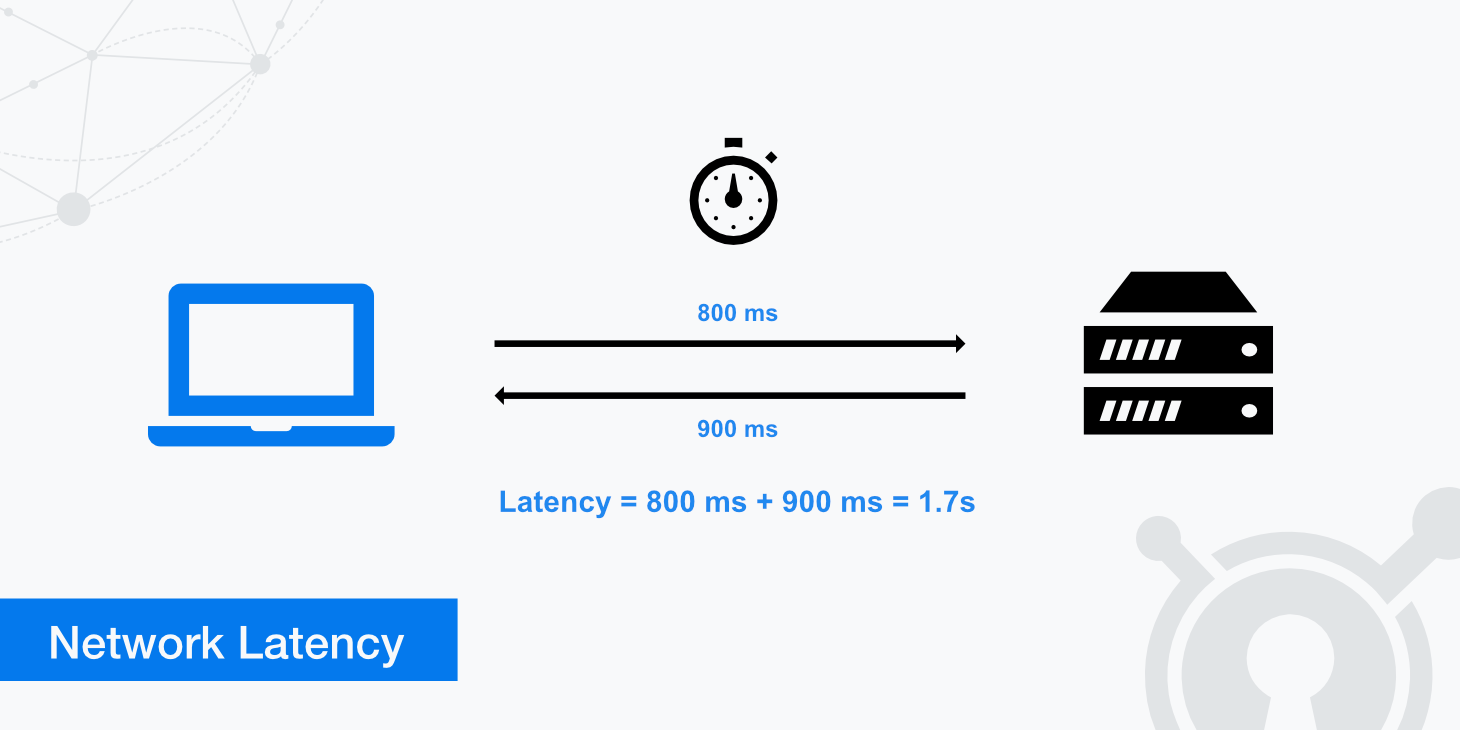Are you experiencing problems with latency when surfing the web? What is latency? | how to fix latency | Agora.io. Regardless of the type of latency causing you problems, many possible solutions exist. You can start by analyzing your Internet speed. Once you’ve determined the problem, it’s time to investigate your Internet service provider and identify the cause of your problem.
Disk latency
Disk latency is a symptom of a failing disk and can have serious implications for your data. While caches can easily handle temporary increases in latency, sustained increases can affect applications. The first step to fixing disk latency is to replace any faulty hardware. If the problem is severe, it’s wise to consider upgrading to a solid-state disk, eliminating random access time.
By examining its performance metrics, you can determine if your storage is experiencing a high amount of latency. Performance metrics are essential for determining the source of your latency problems, and a high value means that the storage cannot cope with the workload. Typical disk latency values should be less than 15 milliseconds, and anything above that can cause performance problems.
Network latency
If your network is experiencing problems, there are several ways to determine network latency. Before you attempt to fix the problem, it’s important to measure the network’s latency and determine whether a particular device is a culprit. Pinging a server’s IP address should yield traceroute results from both your location and the server. Traceroute results from a server to a destination are also useful.
In some cases, user-space libraries are the culprits of network latency. These may have bugs or use the lowest-level API, BSD Sockets. Another common cause of network latency is TCP, a complex protocol that can impact your performance. To fix network latency, consider switching to UDP and logging to detect the cause of the problem. However, you should only try this if your latency is a persistent problem, so this step might not be possible.
Internet speed
Internet speed is largely dependent on the amount of latency a network experiences. Latency, or “read delay,” measures the time it takes for a packet to travel from the source to the destination. It does not include the time it takes to traverse the full distance back to the computer. The amount of latency varies depending on the type of internet connection you use, but DSL and cable internet connections have low latency network than satellite.
Latency is a major limiting factor in internet speed. Excessive latency reduces throughput and limits effective bandwidth. It can be temporary or persistent, depending on the type and source of the delay. Although the peak bandwidth of a network connection is always the same, the amount of data flowing through a network depends on the latency and throughput. For example, a service with 100 Mbps of throughput can perform significantly worse than one with 20 Mbps.
Internet service provider
Your Internet service provider may be able to fix the problem by reducing latency. This issue results from network contention, and a higher-quality router will improve your connection. However, if the problem is not fixable, you can try changing to a different provider. A latency-free connection is critical for a good online experience, so if your Internet service provider does not fix the problem, it’s time to consider switching providers.
Latency is a common problem that many people experience when using the Internet. It refers to the time it takes for a signal to travel between two points. While it may not be as noticeable as lag, it can be frustrating and hinder your online experience. Unfortunately, most people do not understand the causes of lag. And unfortunately, most ISPs don’t advertise their latency fix plans. However, it’s very important to fix this issue, and it’s worth checking out your current ISP for more details.

